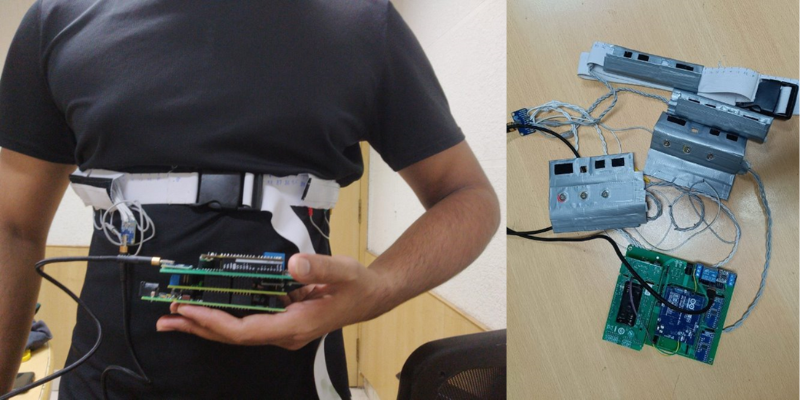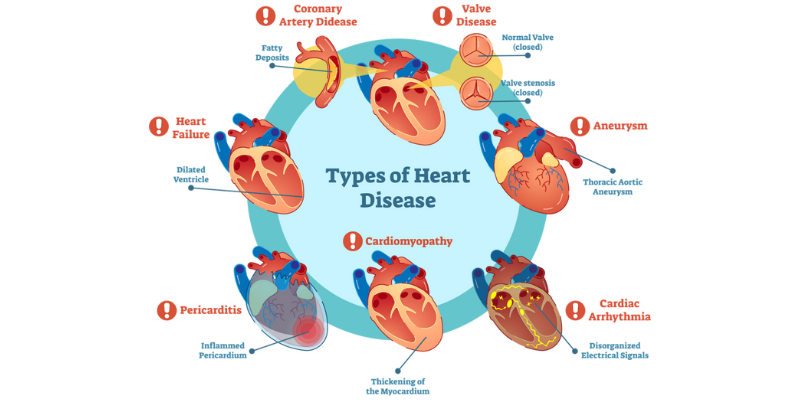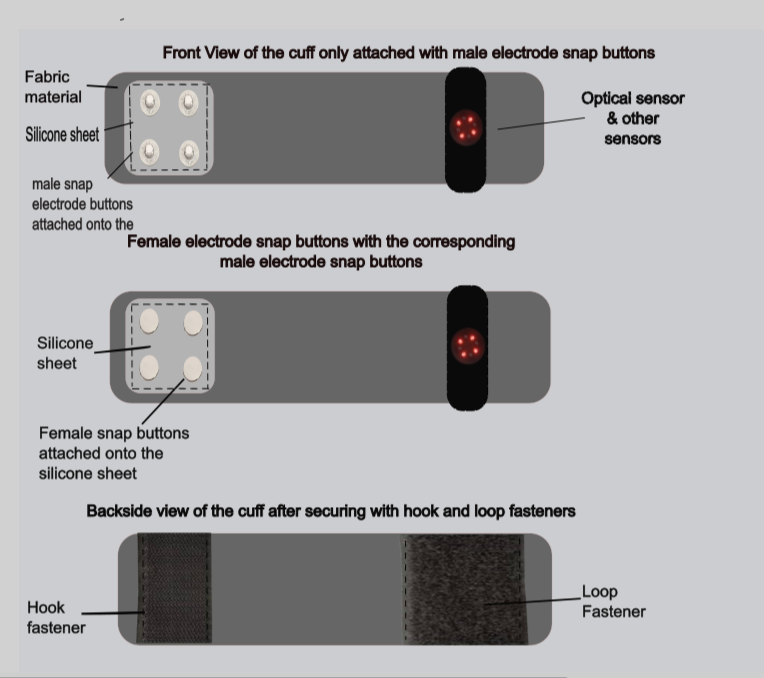Public Health (PH)
MicroLabs bridging the Sample to Sequence Gap
Pathogens like Dengue, Japanese encephalitis, chikungunya, Human papillomavirus (HPV) and Mycobacterium tuberculosis (Mtb) has had an effect on large swath of Indian population albeit with different timescale, severity and symptoms.
For e.g. Dengue is mosquito-borne viral infection by Flaviviridae family’s dengue virus (DENV). There are four DENV serotypes with possibility of being infected four times and symptoms ranging from subclinical to severe flu-like symptoms. Majority of cases are asymptomatic or mild and self-managed, hence increasing the virus spread probability. WHO estimates indicate 70% of the actual burden in Asia with significant numbers in India. Japanese encephalitis virus (JEV) is also a flavivirus spread by mosquitoes which primarily affects children with case-fatality rate as high as 30%. There is no cure for the disease and thus bringing the disease management by alleviation of symptoms and vector control at the core of the pathogen control.

Mtb has been a pathogen of concern for India for long time. India accounts for one fourth of the global tuberculosis (TB) burden. In 2015, an estimated 28 lakh cases occurred and 4.8 lakh people died due to TB. Global efforts at different hierarchy are afoot to contain disease spread as well as drug and vaccine development. Pulmonary Tuberculosis and history of TB is a risk factor for long term respiratory impairment. Post TB, impaired lung function usually goes unrecognized, despite its high prevalence and reduced quality of life. Till now, there is no clarity about host and pathogen causing lung dysfunction. It would be important to understand the Mtb genome architecture associated with different clinical sub-phenotypes. Immune response probably plays a role in lung damage. There is a critical need for translational studies to highlight immune-pathogenesis of pulmonary tuberculosis for a better preventive and therapeutic strategy. Genetic predisposition to morbidity post tuberculosis would be evaluated for a better understanding of post tuberculosis outcome.
Almost all cervical cancer cases are caused by HPV. Increasing burden of anal cancer and head and neck tumors (HNT) are also due to HPV. Indian women face a ~2.5% cumulative lifetime risk and ~1.4% cumulative death risk from cervical cancer. About 91% of anal cancers are thought to be caused by HPV. HPV is thought to cause ~70% of oropharyngeal cancers in the United States. Ano-genital warts are a source of morbidity and are one of the most common STIs worldwide. Every woman who attends an obstetrician-gynecologist (OBGYN) clinic or reproductive medicine clinic requires services related to HPV (screening, treatment or vaccination). Female genital tuberculosis (FGTB) is one of the leading causes of female factor infertility and ectopic pregnancies in India. Approx 10-20% of case load of female factor infertility is due to FGTB. Female reproductive tract infections can cause tremendous pain, morbidity and can impact future reproductive potential. Gonococcal, Chlamydial and pathogenic infections due to vaginal microbial flora can lead to active and chronic infections, pelvic inflammatory disease, bacterial overgrowth, infertility and even death. Increasingly gonococci are becoming resistant to several anti microbial agents. Urinary Tract Infections (UTI) are amongst the most common infections in women and many organisms causing UTIs like E. coli, Klebsiella and Staph. Enterococci are notoriously prone to Antimicrobial resistance (AMR). Prelabor rupture of membranes (PROM) is a leading cause for preterm delivery and can lead to puerperal sepsis.
Wearable bioelectrical impedance analyzer for estimation and monitoring of body water
The device accurately determines total body water, offering crucial insights into fluid distribution during cardiac surgeries. This could reduce postoperative complications and hospital stays, potentially alleviating the economic burden on patients and healthcare systems.

CVD Fusion: AI-assisted Disease State Prediction for Cardiac diseases
Today, lack of quality multimodal data limits the innovation pipeline right at the starting point, i.e., screening of diseases early in the disease cycle. Collecting and curating prospective multimodal longitudinal data in a structured way starting from screening, detailed diagnostic, and OMICS data becomes a necessity. The data collection includes response to questionnaire, clinical, laboratory, imaging, and OMICS data. Analysing such a rich dataset for CVD enables identification of causal agent(s) leading to early biomarker discovery, even several years before the disease onset.

A study on the impact of oral glucose load on total and segmental phase angle in healthy normal individuals using a non-invasive wearable bioimpedance analyzer
Bioelectrical impedance analysis is a compelling, non-invasive method for measuring body compositions. The primary goal of the proposed project is to develop a cost-effective, portable, wearable bioimpedance analyzer integrated with mathematical models for measuring bioimpedance parameters during an OGTT test.
The following objectives are set
- Design and development of wearable bioimpedance analyzer device integrated with artificial intelligence/machine learning (AI/ML) based algorithms to get raw bioimpedance data from total and segmental body.
- Comparison between proposed and InBody 770 bioimpedance data in pilot samples
- Comparison of bioimpedance data in both genders during fasting in all BMI categories
- Comparison of bioimpedance data in both genders during ingestion of aquatic load per kg body weight and 1 L of aquatic infusion in all BMI categories.
- Comparison of bioimpedance data in both genders after oral glucose load in all BMI Categories.
- Determination of phase angle at a spectrum of frequencies from 1 kHz to 1 mHz during fasting, aquatic ingestion, and oral glucose load.
- Analysis of the data and development of the non-invasive BI-OGTT model.

